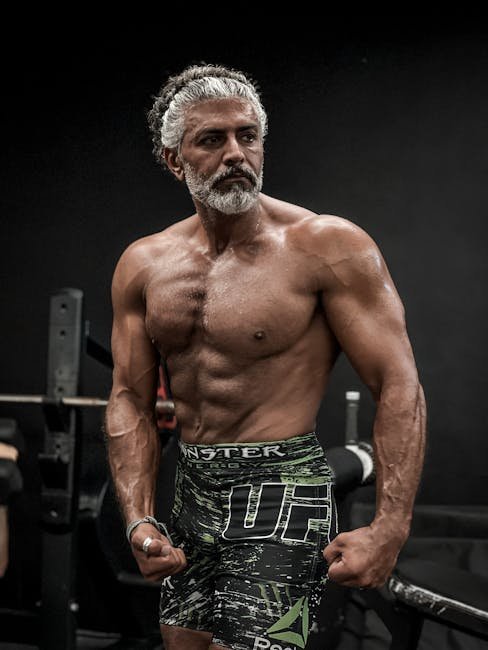EVEN IF YOU’RE not a bodybuilder with 20-plus-inch arms, we’re willing to bet that biceps curls are somewhere in your weekly workout routine. After all, who doesn’t want arms that stand out even when they’re covered up? But there’s a downside to such a dedicated focus on your pump. Countless curls performed every day in every gym across the globe are near-useless due to bad form. Technique can fall apart fast, which is likely why curls are among the most “cheated” moves in strength training.
You know what we’re talking about: those sloppy sets that are more to stoke your ego than build up your body. Yes, there is a time and place for “cheat reps,”—mostly, for advanced lifters—but if you can’t complete all of your normal reps without throwing in some body English (e.g., arching your back, twisting your torso) or enlisting supporting muscles to generate momentum (rocking your hips to swing the weight), you’re doing it wrong. And bad form isn’t always that obvious or dramatic; perhaps you simply let your elbows travel forward as you fatigue during your final reps, or you let the tension out of your core. Whatever the movement dysfunction is, the results are the same: less effective sets and slower overall gains.
That ends today. By paying more attention to each rep and really feeling what each muscle and joint is doing, you can firm up your form and fast-track your gains to build the big arms you want. Here’s how.
The Simple Secret Behind a Perfect Curl
One of the things every great trainer understands is that in practice, there is no such thing as an “isolation exercise.” The term is used to describe a move that involves a single joint, such as the biceps curl, which flexes the elbow. But even if it were true that a single muscle was involved in bending the elbow (it’s not; your biceps, brachialis, and brachioradialis all chip in), that muscle still wouldn’t truly be acting in isolation. Indeed, a whole armada of supporting muscles in your torso and core kick into gear to provide the necessary stability for the movement to happen.
That’s where the secret to performing the biceps curl perfectly begins: in the supporting musculature. You’ll need to keep your abs, glutes, and mid-back muscles contracted (or “braced”) and your shoulder blades pulled back and down during each rep. That’s what will keep you from losing your balance and needing to shift your footing to regain it, as MH senior editor Brett Williams, NASM does in the video above.
Another key to proper form in the biceps curl is to keep your elbows locked to your sides. Don’t let them travel forward. Many guys make that minute shift to bring the weight up to shoulder level—but that’s counterproductive to what your focus is for the movement. Your goal is full contraction of the biceps muscle, not lifting the weight to a specific height.
Use Partner Eccentrics to Get More From Each Rep
If you’re fortunate enough to have a training partner for your workout, you can crank up the muscle-building potential of every set by having them add manual resistance to the eccentric (lowering) phase of the first several reps. As demonstrated in the video above, MH fitness director Ebenezer Samuel, C.S.C.S. presses down slightly on the bar as Williams lowers it, forcing him to fight the added resistance to control the bar—and to keep his posture on point.
Emphasizing the eccentric phase can optimize your muscle-building potential, especially if you’re someone who typically concentrates exclusively on the concentric (lifting) phase of each rep. Regardless, having your partner add some eccentric resistance can also help expose weaknesses in your form, allowing you to shore it up for your standard reps, too.
Don’t Buy Cheap Gear
When you’re pushing your limits, you want equipment that can handle the pressure. As we’ve seen in the industry with product recalls, there can be danger when you look to cut corners in quality. Here are a few pieces that we’ve tested and liked. For more trusted tech, check out our home gym equipment guides.
Get Stronger With An Exclusive MH Workout Program










Trevor Thieme is a Los Angeles-based writer and strength coach, and a former fitness editor at Men’s Health. When not helping others get in shape, he splits his time between surfing, skiing, hiking, mountain biking, and trying to keep up with his 10-year-old daughter.





